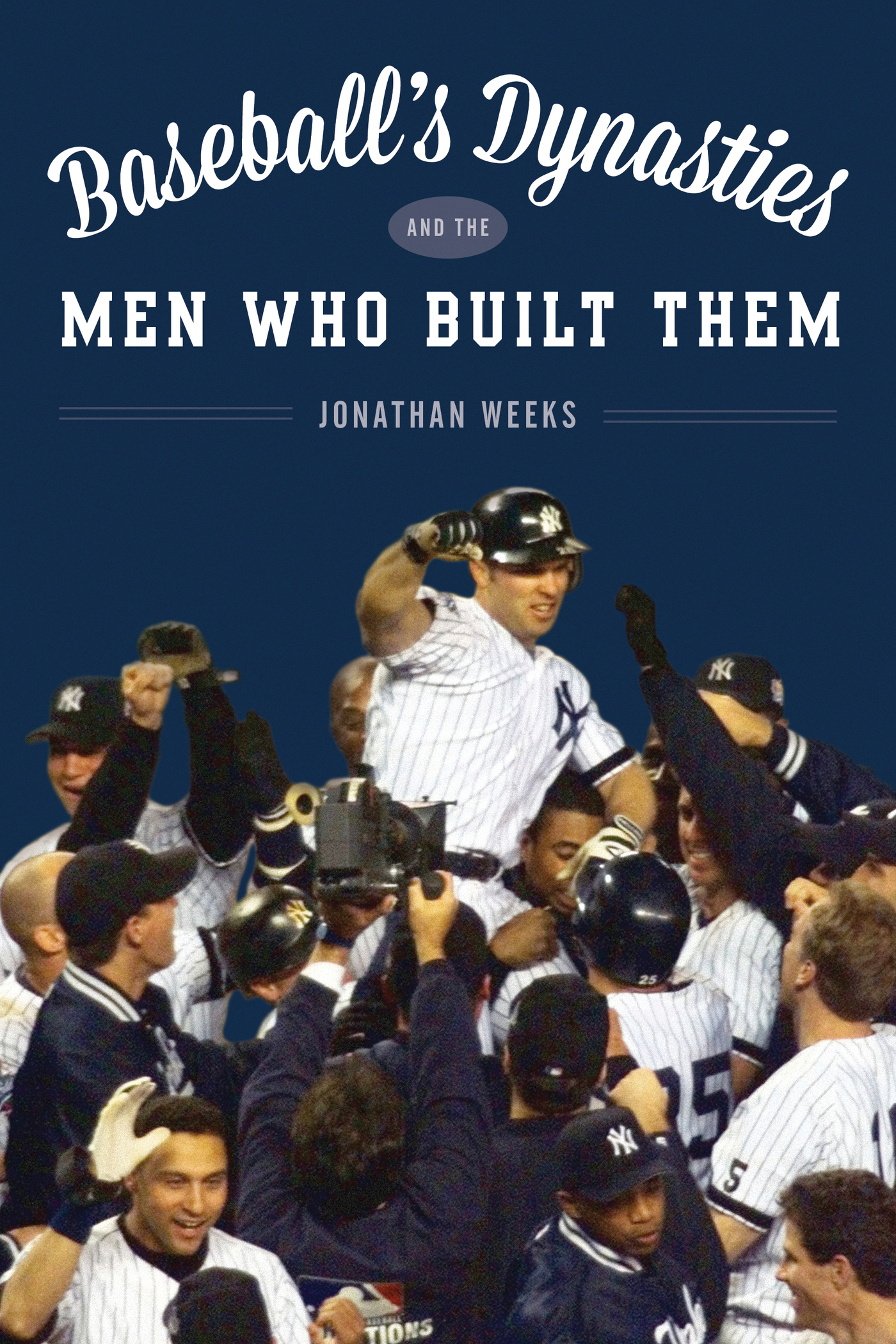Baseballs Dynasties and the Players Who Built Them
Baseballs Dynasties and the Players Who Built Them
Jonathan Weeks
ROWMAN & LITTLEFIELD
Lanham Boulder New York London
Published by Rowman & Littlefield
A wholly owned subsidiary of The Rowman & Littlefield Publishing Group, Inc.
4501 Forbes Boulevard, Suite 200, Lanham, Maryland 20706
www.rowman.com
Unit A, Whitacre Mews, 26-34 Stannary Street, London SE11 4AB
Copyright 2016 by Rowman & Littlefield
All rights reserved. No part of this book may be reproduced in any form or by any electronic or mechanical means, including information storage and retrieval systems, without written permission from the publisher, except by a reviewer who may quote passages in a review.
British Library Cataloguing in Publication Information Available
Library of Congress Cataloging-in-Publication Data
Names: Weeks, Jonathan, author.
Title: Baseball's dynasties and the players who built them / Jonathan Weeks.
Description: Lanham : Rowman & Littlefield, [2016] | Includes bibliographical references and index.
Identifiers: LCCN 2015045357 | ISBN 9781442261563 (hardcover : alk. paper)
Subjects: LCSH: Baseball teamsUnited StatesHistory. | BaseballUnited StatesHistory.
Classification: LCC GV875.A1 W4 2016 | DDC 796.357/640973dc23
LC record available at https://lccn.loc.gov/2015045357
 TM The paper used in this publication meets the minimum requirements of American National Standard for Information Sciences Permanence of Paper for Printed Library Materials, ANSI/NISO Z39.48-1992.
TM The paper used in this publication meets the minimum requirements of American National Standard for Information Sciences Permanence of Paper for Printed Library Materials, ANSI/NISO Z39.48-1992.
Printed in the United States of America
For my mom and dad. In loving memory
Acknowledgments
Id like to offer a quick word of thanks to my editors at Rowman & LittlefieldChristen Karniski and Andrew Yoder, who were charged with the task of fixing my mistakes and answering all of my stupid questions. Together, they helped make this book a lot better than it was when it first landed on their desks.
Thanks guysYoure the best!
Introduction
What makes a dynasty? That depends on who you ask.
By strict definition, a dynasty is established when a team wins three consecutive world championships. But since the Yankees and As are the only clubs to have accomplished the feat, this project would have been far less diverse had I accepted that rule. In the interest of adding some spice, I created a few guidelines of my own. The dynasties in this volume were weighed and measured by the following criteria:
Frequent postseason appearances in a short time span with something to show for it (multiple pennants and world championships)
The presence of several Hall of Famecaliber players
A relatively stable lineup during the period of dominance
According to my expanded definition, there have been at least 22 dynasties in baseball history dating back to the nineteenth century. Several teams in the present millennium have come up just short, and you will find them listed in the Honorable Mentions section at the end of this book. That having been said, I feel I owe an advance apology to Giants fans.
When the Giants captured their third championship in a five-year span during the 2014 season, I resigned myself to include them in this project. But as I was conducting the research, I was somewhat surprised to discover that they failed to meet two of the three requirements I had established. Not only did they miss the playoffs in 2011 and 2013, but they also spent most of the 2014 campaign behind the Dodgers before emerging with a last-minute wild-card berth. The lineups were somewhat unstable as well, with Buster Posey and Pablo Sandoval being the only positional players to maintain full-time status in all three championship seasons. In regard to Hall of Fame prospects, there were none to be found (although perhaps its too early to tell in the case of Posey).
This left me in a bit of a bind: Should I add another chapter to my book? Could I exclude the Giants with good conscience? What would fans in San Francisco think?
In the end, I decided to err on the side of recklessness. If the wild-card playoff format has taught us anything, its that the greatest teams dont always win. I hope this inconvenient fact does not detract from your reading experience in any way.
Chapter 1
Baltimore Orioles
18941897
Although the accomplishments of players in the games earliest days should in no way be disregarded, multiple rule changes in the late nineteenth century helped lend more credibility to the sport. When the National League was founded in 1876, there were a host of curious guidelines in effect. For instance, umpires worked alone and catchers did not have to catch a pitch on the fly in order to register an out on a third strike. Both of those conventions would soon be modified.
Another dramatic revision occurred in 1893, when the pitching rubber was moved to a distance of 60 feet, six inches. Pitchers had previously been throwing at batters from a claustrophobic span of 50 feet. Two seasons later, the infield-fly rule was established, and held foul tips were counted as strikes. Only then could the game be considered truly modernized.
Using these developments as a starting point, the Baltimore Orioles can be cited as the first dominant team of the modern era. The Orioles were founded in 1882, as charter members of the American Associationa second major league designed to challenge the monopoly of the NL. The AA undercut National League profits by charging lower admission prices, playing games on Sundays, and allowing alcohol to be served at ballparks. Alarmed by this new threat to their livelihood, puritanical NL owners disparagingly referred to the rival confederacy as the Beer and Whiskey League.
According to historian Fred Lieb, Orioles owner Harry Von der Horst entered baseball for the sole purpose of elevating his beer sales. Proprietor of the Eagle Brewery and Malt Works, Von der Horst built a 6,000-seat stadium (originally known as Union Park) on East 25th Street in the Barclay section of Baltimore. The suds flowed freely during games as Von der Horst offered various innovative promotions. On holidays, picnic lunches and schooners of Eagle Beer were offered to fans, with dancing under the stars following.
Although Von der Horst turned a sizeable profit, the Orioles fared poorly in the standings, placing no higher than sixth from their year of inception through the 1886 slate. After a third-place showing in 1887, they dropped back out of contention. The turning point for Baltimore came after the 1891 campaign, when the AA folded. Von der Horst moved the club into the NL and granted able-bodied player-manager Ned Hanlon authority over baseball operations. Hanlons official Hall of Fame biography paints him as a shrewd trader, innovative tactician, and master of inside baseball. He perfected the art of small ball, manufacturing runs the hard wayby bunting, stealing, and sacrificing. Defensively, Hanlons Orioles were among the first to use relays and cutoffs.
While the team finished dead last in 1892, the rudiments of a championship squad were in place, with Wilbert Robinson doing the catching and John McGraw serving as a utility player. Both ended up in the Hall of Fame as managers. During the next two seasons, Hanlon imported an eclectic mix of established veterans and budding prospects to Baltimore. From 18941897, there were no fewer than six future Cooperstown inductees in residence.
Next page
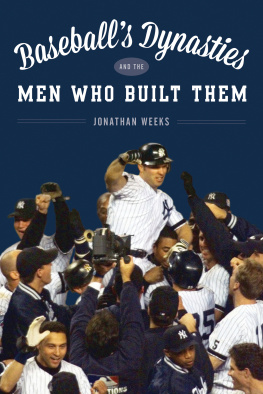

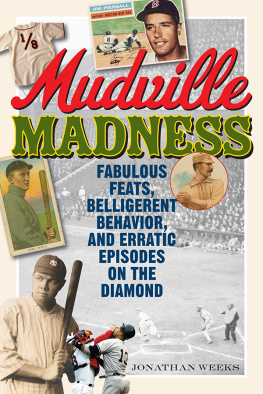
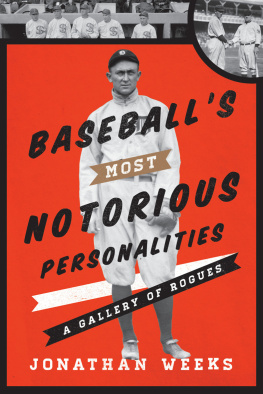

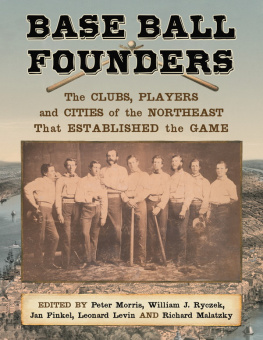
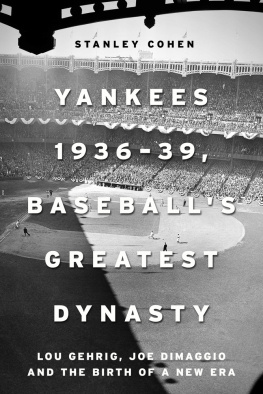
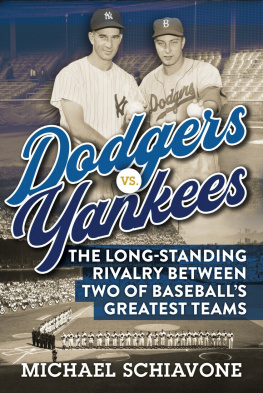
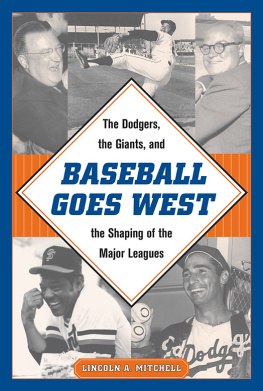
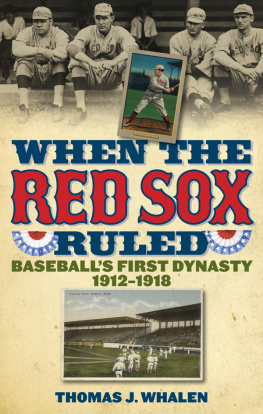
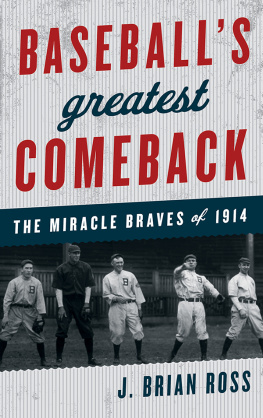
 TM The paper used in this publication meets the minimum requirements of American National Standard for Information Sciences Permanence of Paper for Printed Library Materials, ANSI/NISO Z39.48-1992.
TM The paper used in this publication meets the minimum requirements of American National Standard for Information Sciences Permanence of Paper for Printed Library Materials, ANSI/NISO Z39.48-1992.